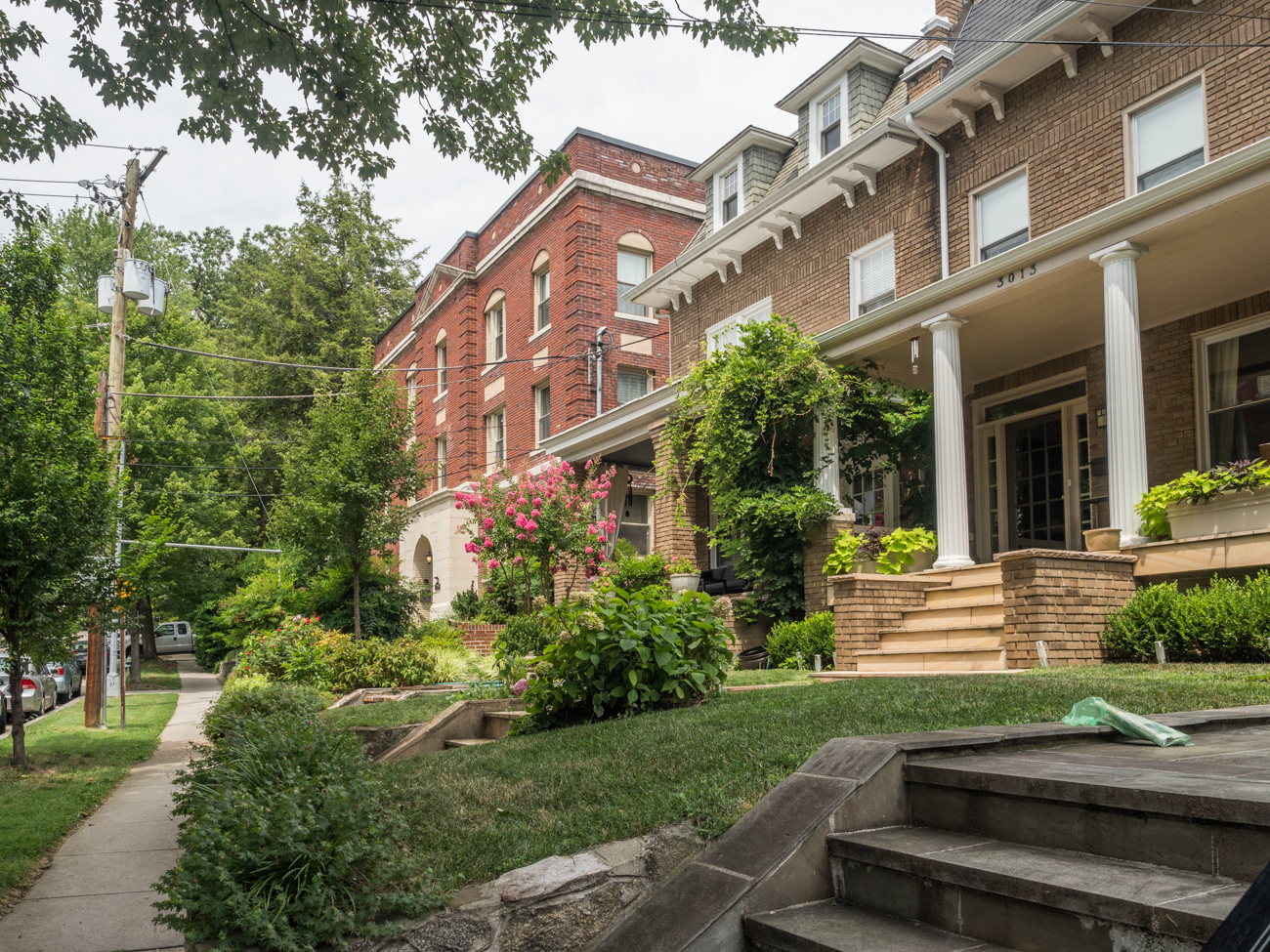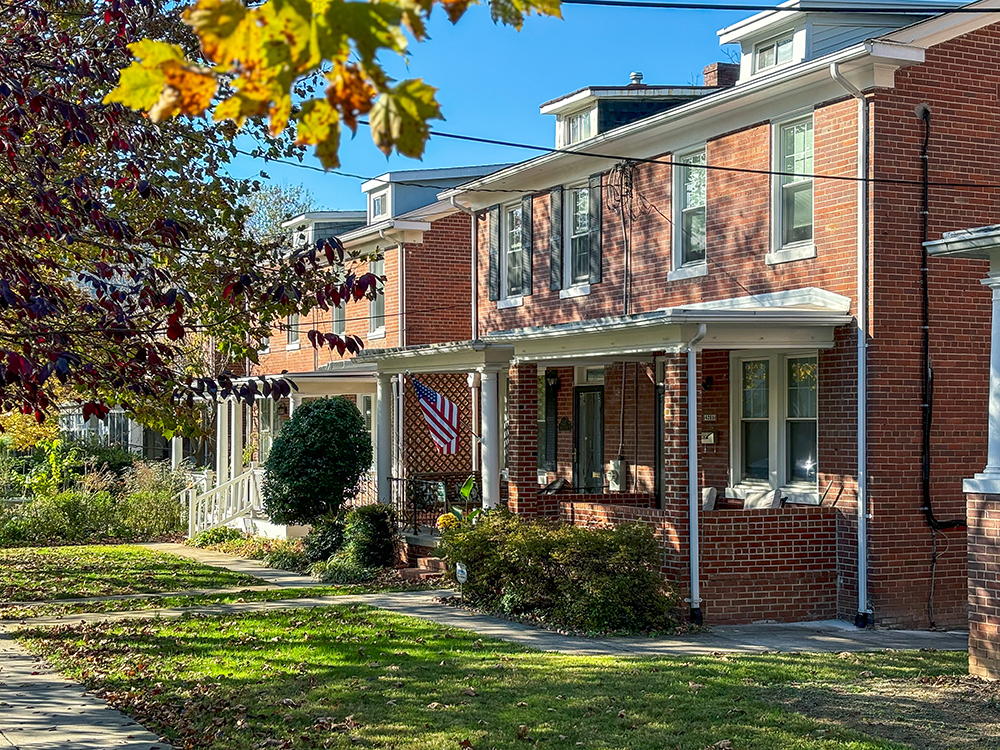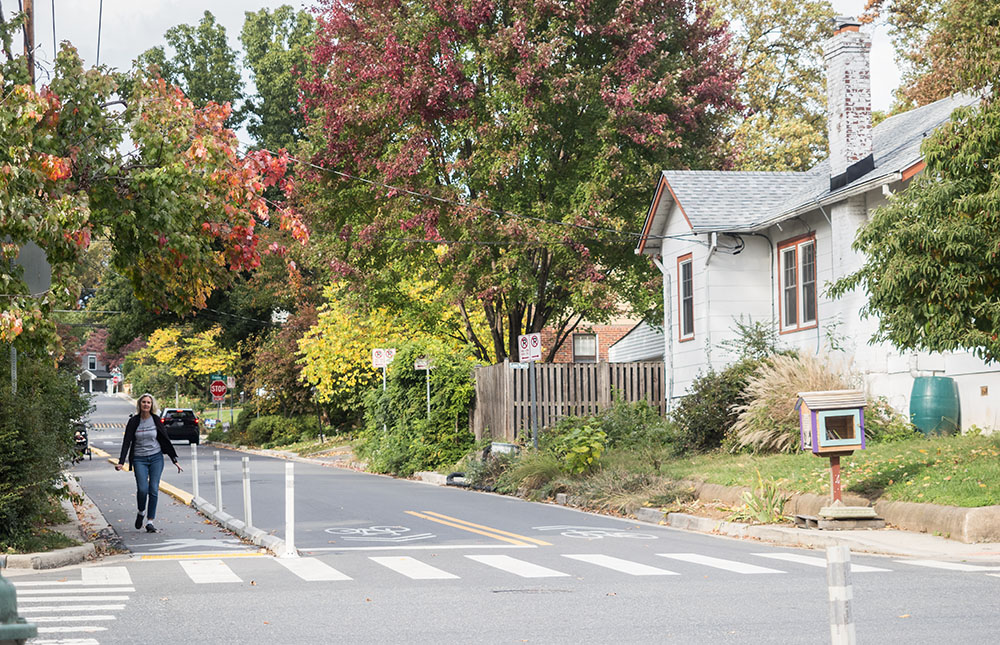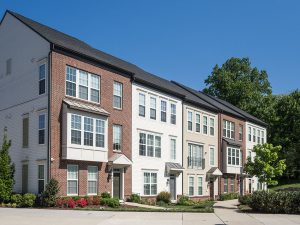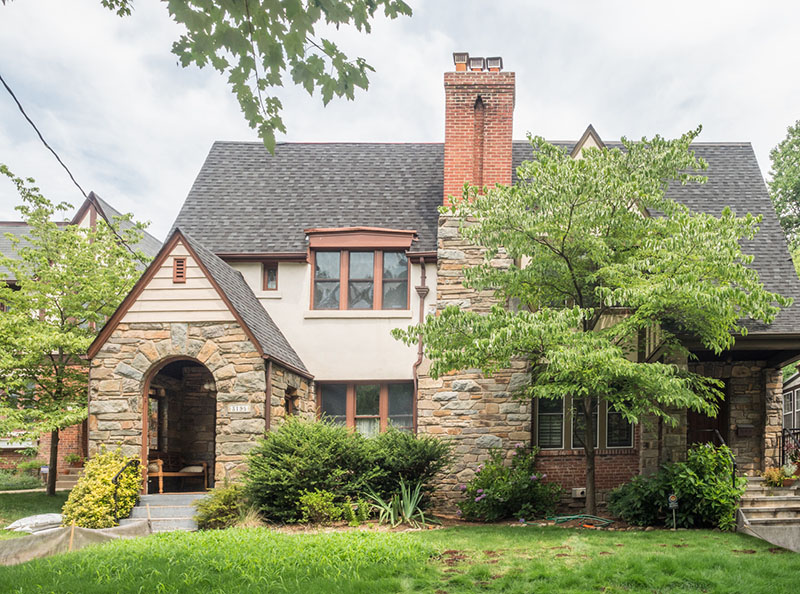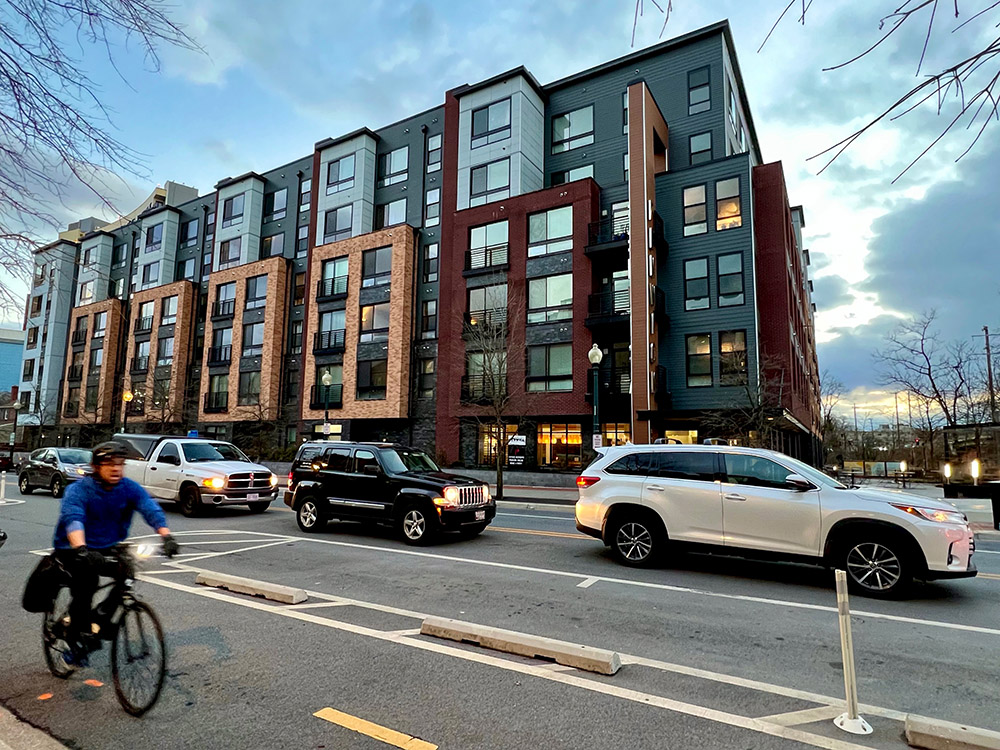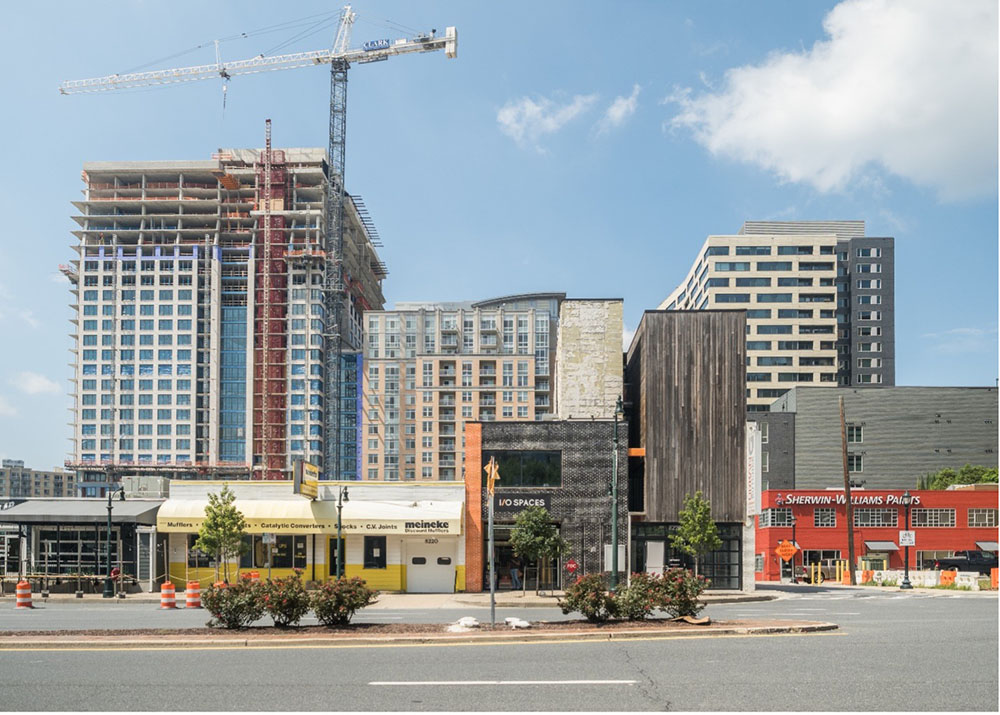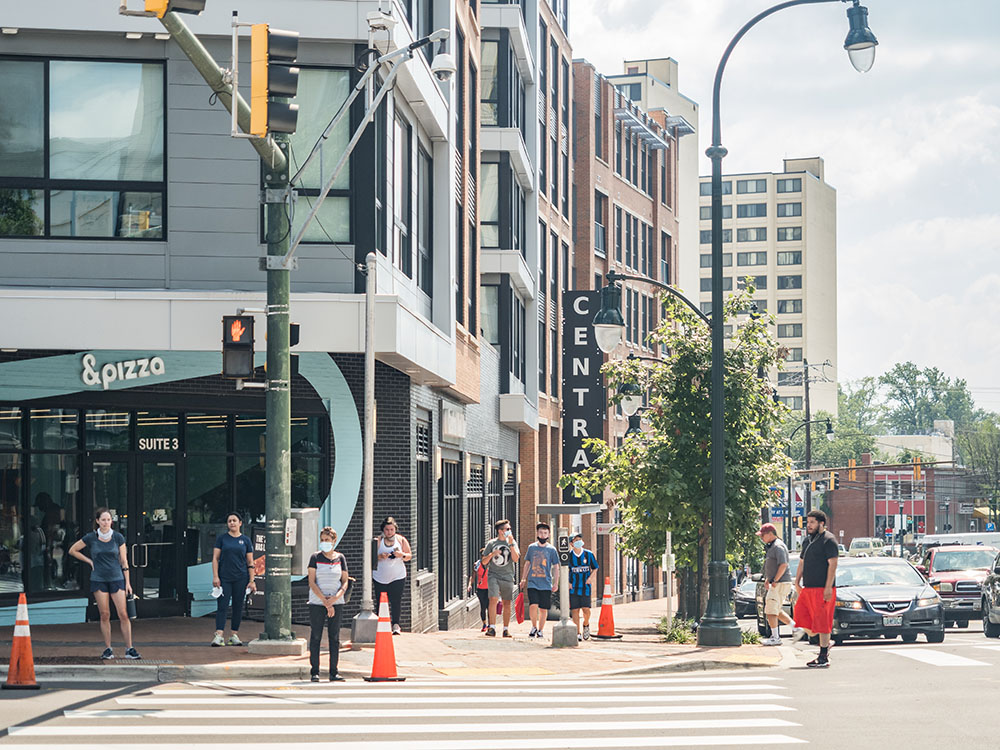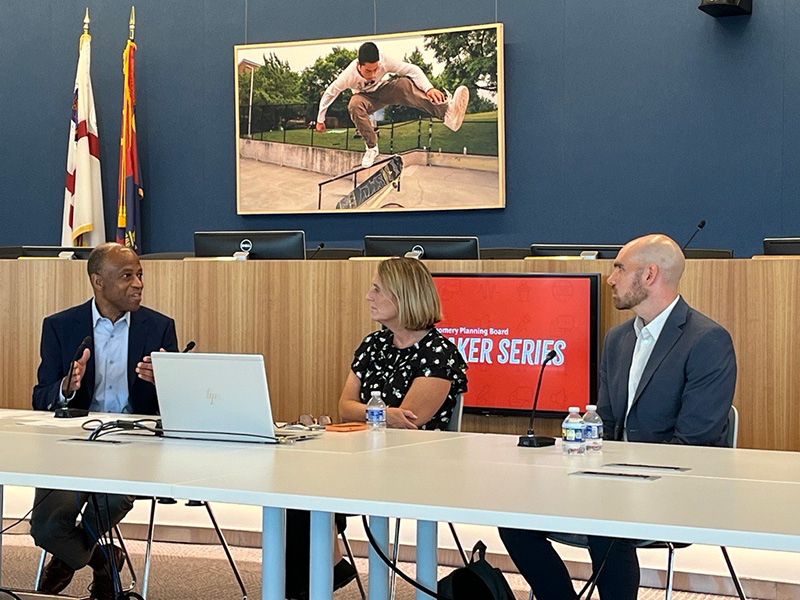
Over the past year, I had the honor of serving as the Chair of The Maryland-National Capital Park and Planning Commission (M-NCPPC). Our impact on the bi-county region of Prince George’s County and Montgomery County is enormous and cannot be understated. I have the pleasure of serving alongside my counterpart Peter Shapiro, who is the Chair of the Prince George’s County Planning Board. Every new fiscal year, on July 1, we swap the position of Chair and Vice Chair of the Commission. I would like to take a moment to reflect on the great work that we have done together over my first term.
Housing
I know the importance of affordable housing. My parents were able to access government-subsidized … Continue reading
